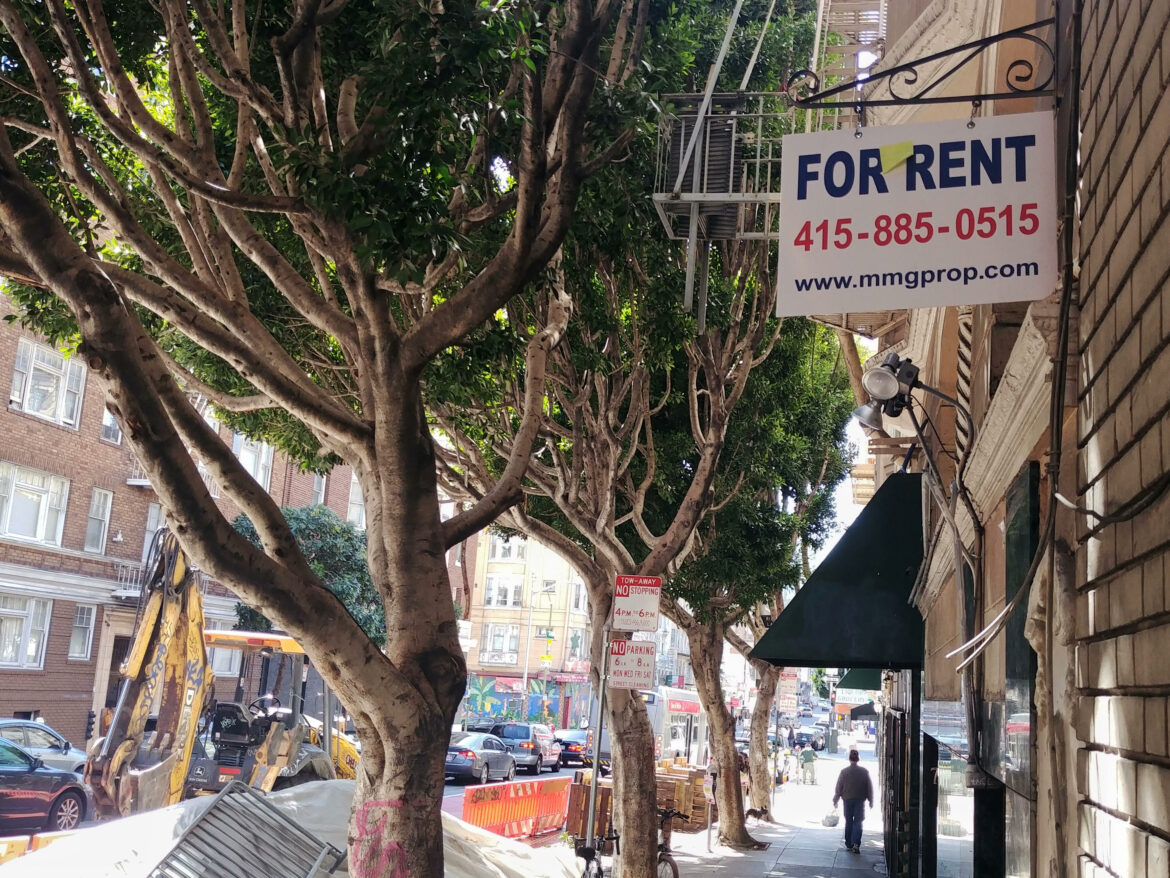Please read this article and share. Please also note the part in red - explaining the absolute sheer incompetence that our leaders would prefer to spend $5k per homeless person per month to live in a tent, versus $1400-2000 for a studio apartment. This article is featured in KCTV5 (CBS):
City may spend hundreds of millions on sleeping sites for homeless
SAN FRANCISCO (KPIX) -- The San Francisco Board of Supervisors is currently considering spending hundreds of millions of dollars to have homeless people sleep in tents on city property, it’s an expansion of the so-called ‘safe sleeping sites’.
Critics say this legislation would prioritize tents over actual housing.
“The pandemic has been hard on everyone, but if you’re currently unhoused, it’s been so brutal,” Kelley Cutler, a Human Rights Organizer with the Coalition on Homelessness said. She opposes the legislation.
“The cost is more than housing, why would we put that money toward tents and encampments when we can be actually getting folks into housing?” Cutler said.
Cutler doesn’t oppose the concept of safe sleeping sites, but she also doesn’t want to see them on a larger scale given how expensive they are.
The current estimate for each tent is $5,000 a month or $61,000 a year, this includes security, bathrooms and clean water. Currently there are around 260 tents in these sites and could cost San Francisco $16 million this year.
“So what this legislation does is ask us to focus on the people who we may not be able to provide a home for, or even a traditional shelter for we have to have something for those folks,” Supervisor Rafael Mandelman said.
Mandelman’s legislation called ‘A Place for All’ would require the city to create enough of these sleeping sites for every single homeless person in San Francisco who doesn’t have shelter.
It will also give the city the right to clear out individual encampments if they can offer an alternative sanctioned location. Mandelman argues it will save small businesses and make neighborhoods safer, like the Castro District that he represents.
“We have to come up with a way of addressing our homelessness crisis in this city that doesn’t require neighborhoods to have to have large encampments in the middle of their neighborhoods, right outside small businesses, they’re struggling to survive. I think we can do better.” Mandelman said.
Cutler says this is really just an enforcement tool masquerading as a solution.
“We already have a lot of enforcement going on but what happens is that it just shifts people from one block to the next, because people don’t just disappear,” Cutler said.
She argues this is more a solution for visible homelessness, hiding the problem from the public eye rather than actually prioritizing solving homelessness and getting people housed.
She worries this could make San Francisco look more like New York City, where the city spends $1.3 million a year on shelters that many never move out of.
“I know folks in New York that are living in the shelter system and, and their concern, and it’s very valid concern, is that they’re stuck that there aren’t housing exits,” Cutler said.
Opponents also worry that this would be funded with Proposition C money. Prop C was approved by voters in 2018 as a tax that is expected to generate $250-$300 million a year toward solving homelessness money intended to go toward permanent housing.
“I see their point but as a neighborhood supervisor representing neighborhoods heavily impacted by street camping I don’t think it is right to ask folks to camp in our neighborhoods and I don’t think it’s right to ask folks in those neighborhoods to accept street camping,” Mandelman said.
Mandelman says without support from the federal government this is the only realistic way he can see San Francisco attempt to solve this colossal crisis on its own.
“I think we have to be honest about what the city can provide, what problems we can solve and if we can’t solve the problem with a long-term solution, like housing for everyone, which we would all want to do as good San Francisco liberals, we have to figure out what is the city we can do that is better and more humane than what we’re doing,” Mandelman said.
The Coalition on Homelessness says its not against safe sleeping sites as a concept just against them on a mass scale. Supervisors will take this up Wednesday in the budget and finance committee.


